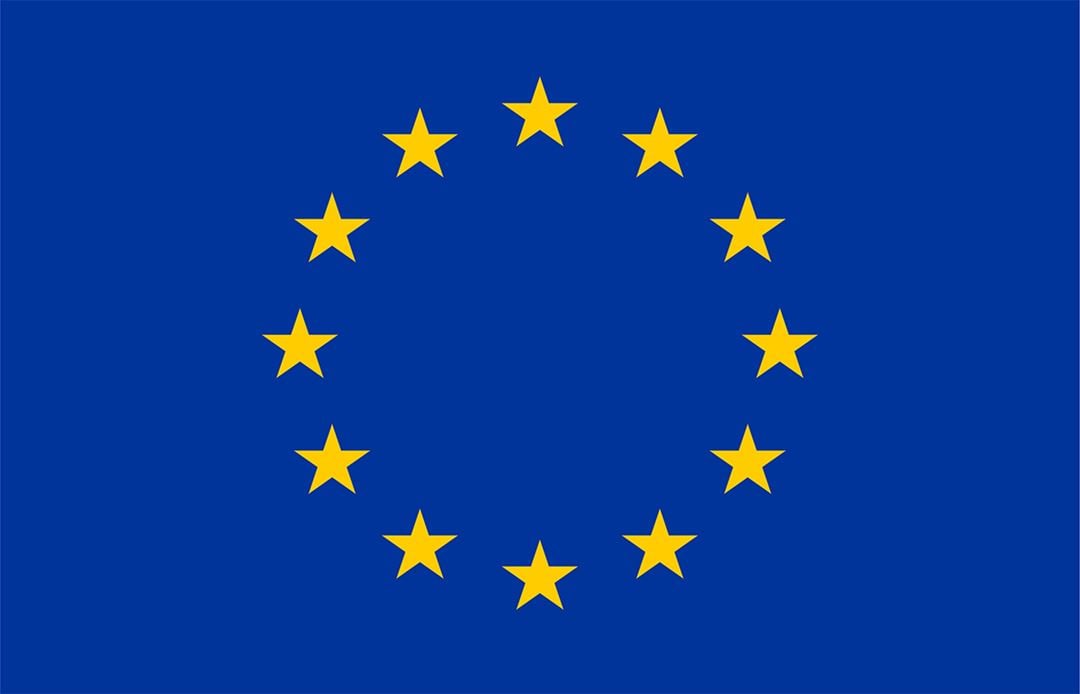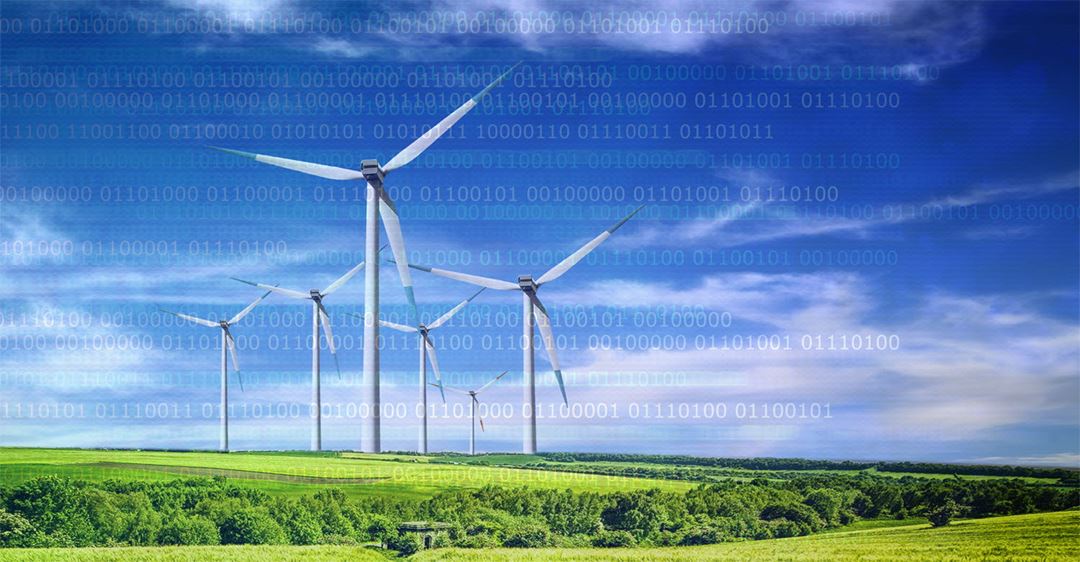By using high-performance computing (HPC), the simulation framework will yield more accurate prediction of the forces acting in the system and thus the energy captured by the turbine. In addition, it will better predict acoustic phenomena, and materials' issues related to the turbine blades, etc.
An important part of the project is to evaluate the socio-economic impact and to bring user communities into the project. Altogether, this will improve the process of developing the design and will allow for faster implementation of new and more advanced designs with less environmental impact. It will also improve the accuracy in power production.
The methodologies and key results from the project will be published in open access journals or in the form of freely accessible reports. In addition, an open database containing relevant results and raw data will be set. It will enable other researchers and turbine developers to utilise the results for further studies.
SINTEF is the coordinator of the project
Participants:
- SINTEF AS, Norway
- FRAUNHOFER GESELLSCHAFT ZUR FOERDERUNG DER ANGEWANDTEN FORSCHUNG E.V., Germany
- SAMTECH SA, Belgium
- AWS TRUEPOWER SL, Spain
- WAGENINGEN UNIVERSITY, Netherlands
- SIEMENS GAMESA RENEWABLE ENERGY AS, Denmark
- AALBORG UNIVERSITET, Denmark
- SIEMENS INDUSTRY SOFTWARE NV, Belgium
- UNIVERSIDAD NACIONAL DEL LITORAL, Argentina
- INSTITUT VON KARMAN DE DYNAMIQUE DES FLUIDES, Belgium
- WAVESTONE LUXEMBOURG SA, Luxembourg

This project has received funding from the European Union's Horizon 2020 research and innovation programme under grant agreement No 763990

